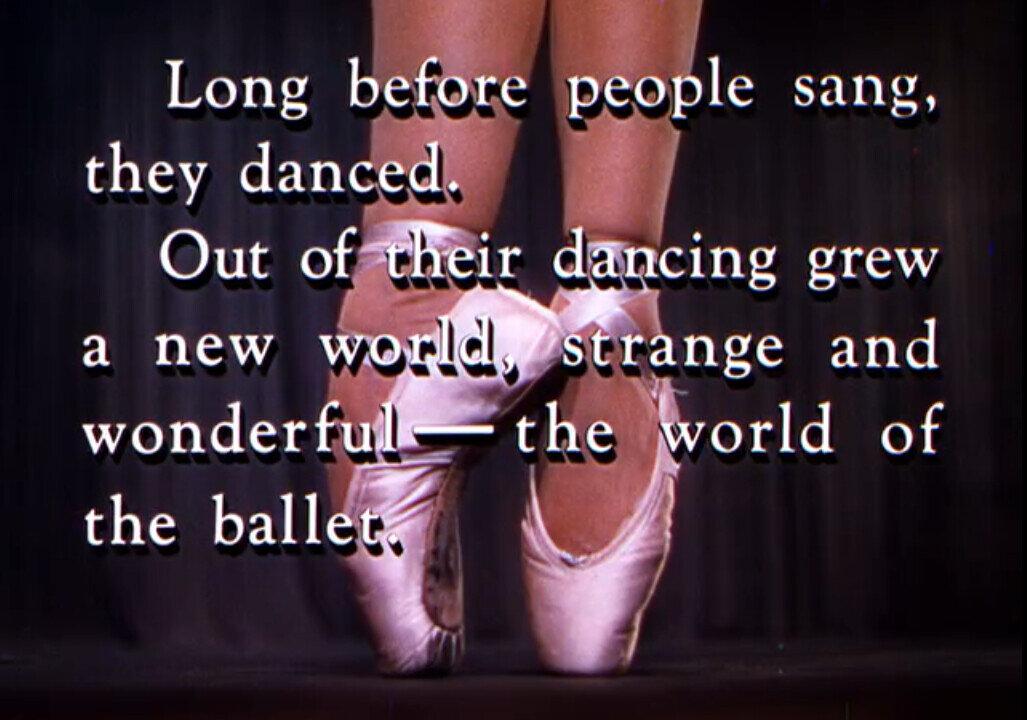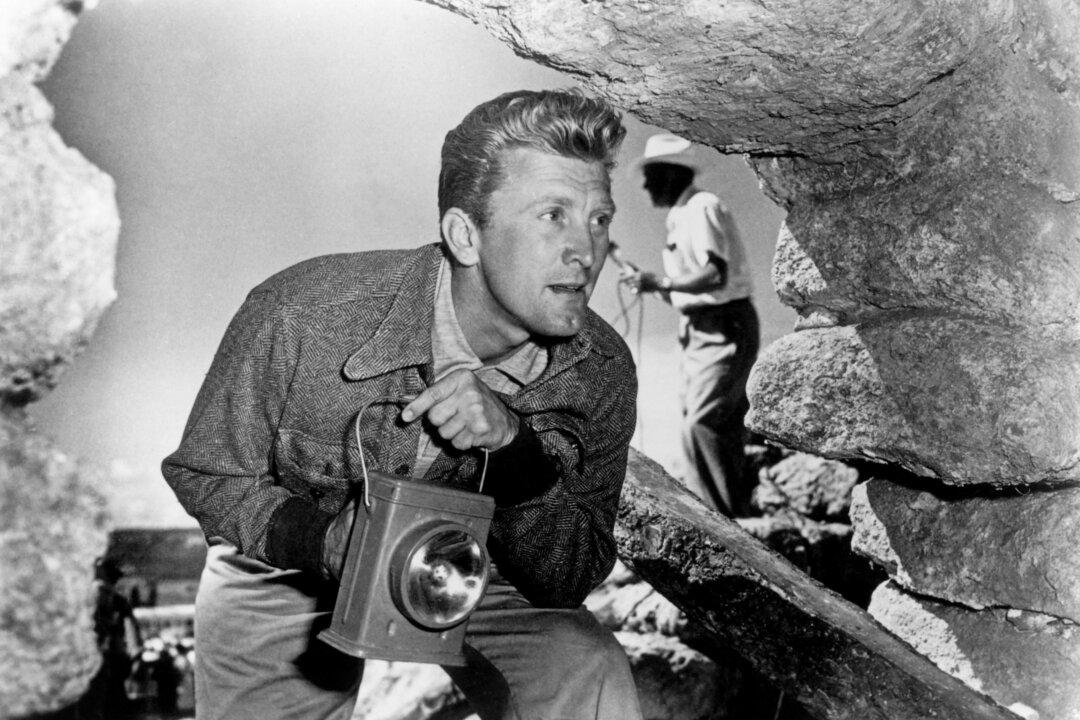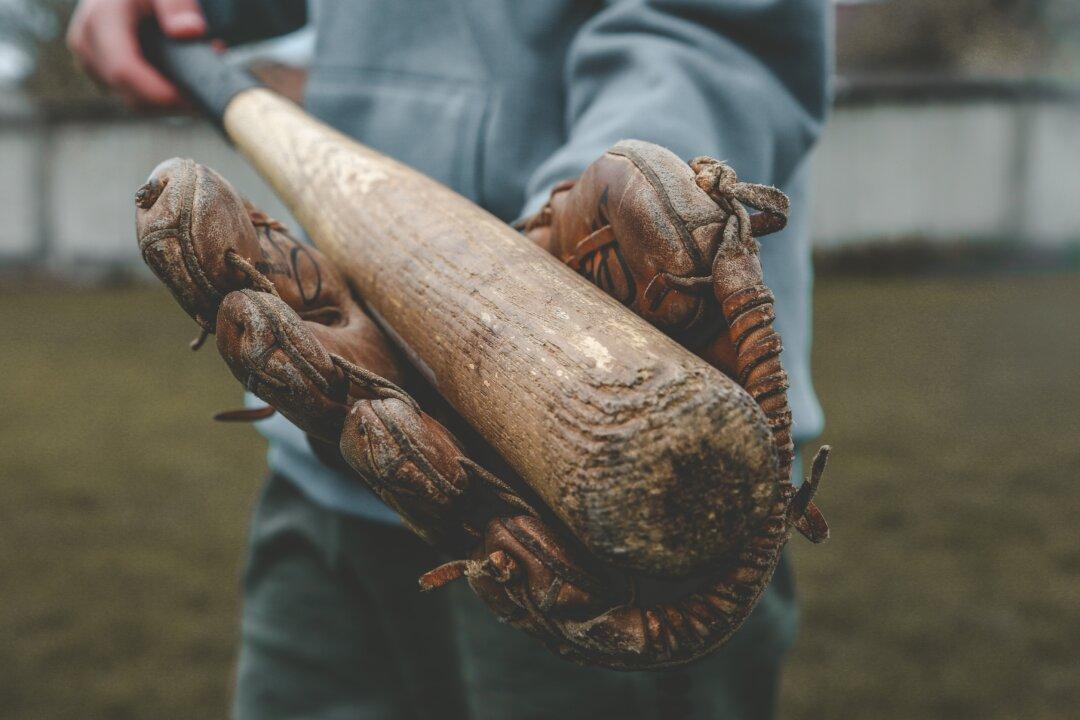When COVID-19 shuttered the United States, the performing arts were hit hard, especially ballet. Few dancers have space to dance if they’re unable to go to studios or theaters, and they can’t practice a “pas de deux” (partnering dance) while social distancing!
Unfortunately, some noteworthy anniversaries landed in 2020, like American Ballet Theatre’s (ABT) 80th anniversary. Its spring-summer and fall seasons, which were to feature special performances and events, were canceled. Virtual events can’t replace dancing for ballet dancers.






